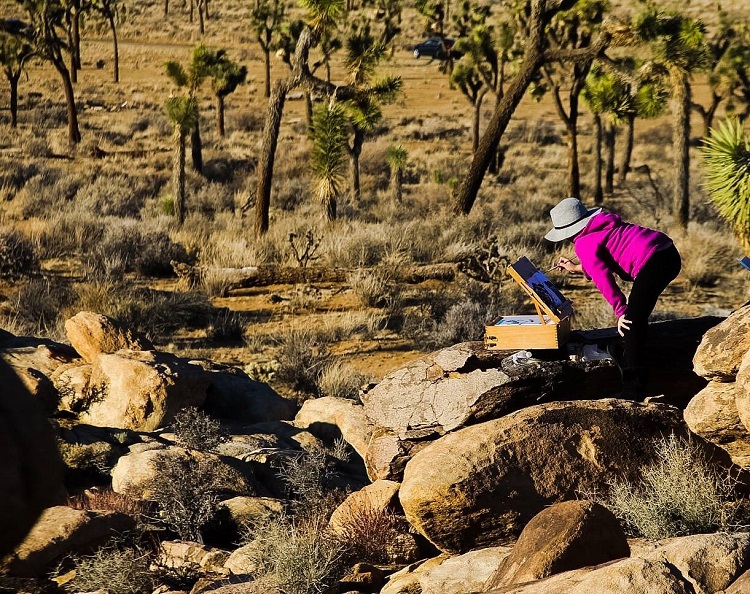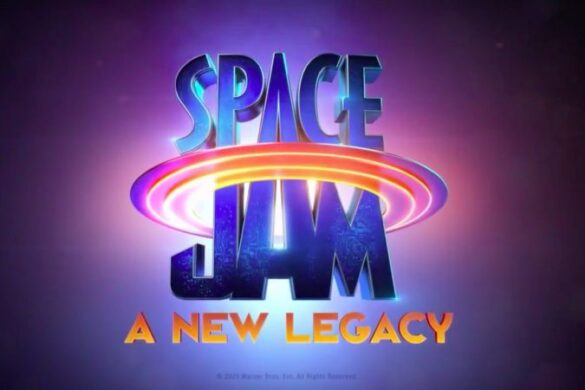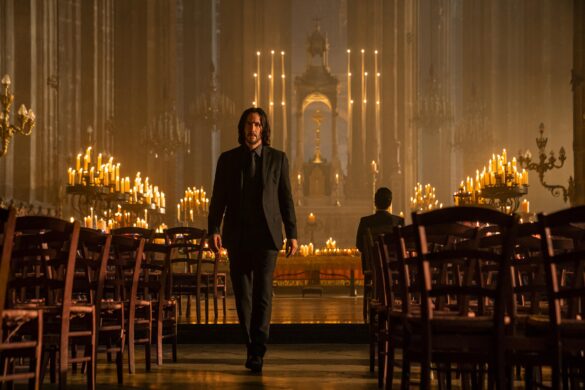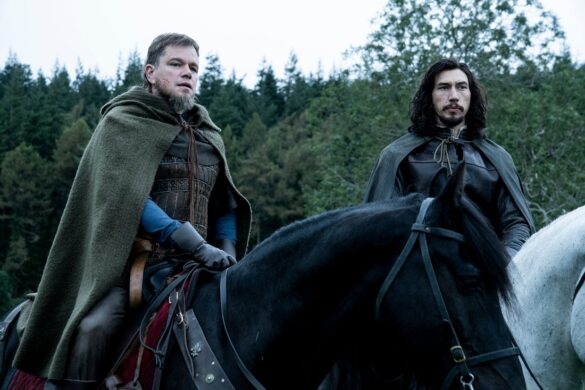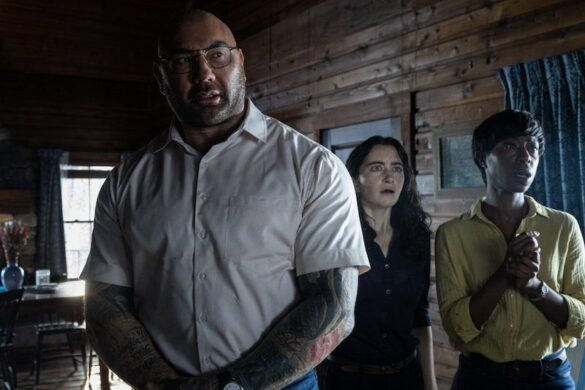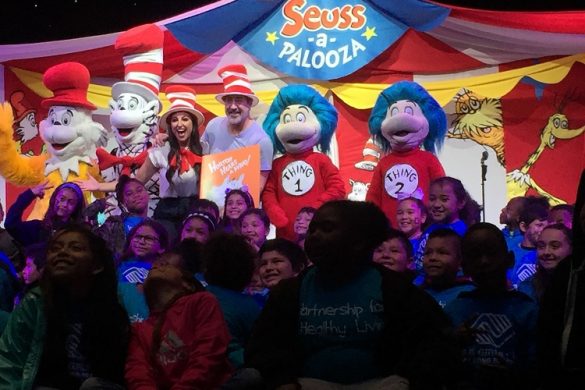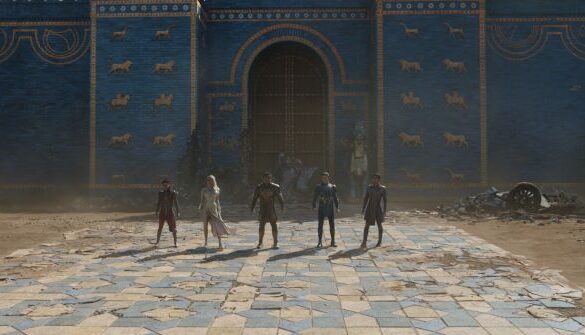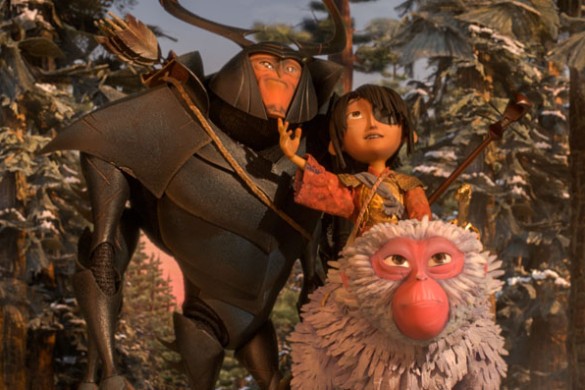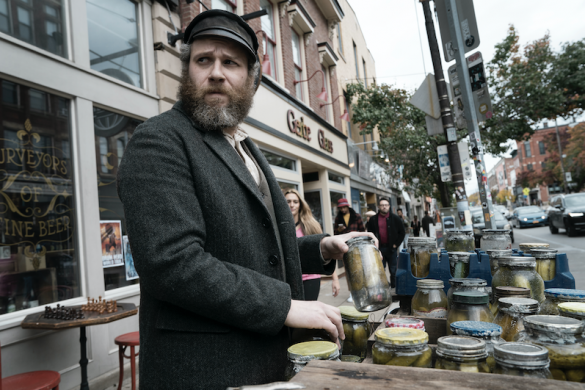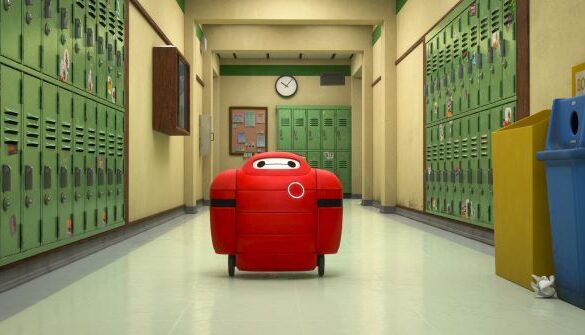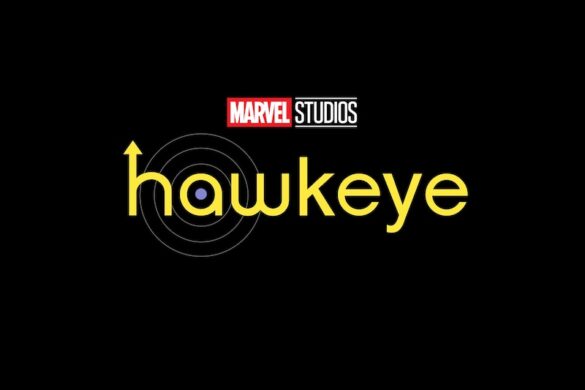Located 114 miles east of Los Angeles, Joshua Tree National Park is one of California’s most unique destinations. The 792,519-acre park is composed of two desert regions, the lower Colorado Desert and the higher Mojave, which is cooler. Rugged rock formations and spikey plants create a fascinating landscape for hiking and rock climbing for visitors of all ages and abilities. And the park’s dark night sky glitters with stars, the Milky Way and other galactic wonders. The park is also home to some quirky attractions.
To make the most of your stay, get maps and information from one of four visitor centers: Joshua Tree Visitor Center, Oasis Visitor Center, Cotton Wood Visitor Center and Black Rock Nature Center. Bring sunscreen, water and good walking shoes for your visit to one of SoCal’s best family destinations.
Hiking and Rock Climbing
Families and outdoor enthusiasts come from all over to scamper on Joshua Tree’s rocks and trails. Popular sites for families include Skull Rock and a 1.7-mile nature trail. Ranger programs are a great way to safely explore the park with kids. Junior Ranger programs include short hikes to places like Skull Rock. Wear sunscreen and hats for these low-key adventure programs.
49 Palms Oasis
Begin your outing at the Oasis Visitor Center, which has exhibits and picnic tables. To truly appreciate the geological wonders of the area, hike the three-mile roundtrip trail to a fan palm oasis. The moderate to strenuous path climbs to a ridge then descends to a rocky canyon with towering palms and clear pools of water. Keep your eyes open for bighorn sheep and other wildlife! Bring plenty of water.
Geology Motor Tour
For a leisurely view of park highlights, pack the car with snacks and go for a drive. The 18-mile motor tour features 16 stops on a dirt road. Along the way see desert washes, granite boulders, a dry lake mountain, and panoramic views. At stop 12 you’ll see mountain slopes riddled with tunnels and shafts dug by miners in search of gold and other precious metals. An interpretive brochure is available online and at the beginning of the road. Allow about two hours for the drive.
Step back in Time at Keys Ranch
See where homesteaders Bill and Nancy worked and raised their five children in this remote, rocky canyon. The ranch house, school house, store and workshop still stand on this National Historic Register Site. To preserve its historic character, admission to the ranch is restricted to guided walking tours. The tours are a half-mile in length and last 90 minutes.
Visit the Quirky Crochet Museum
Located in a converted drive-through photo stand, this eclectic museum is stuffed with hundreds of colorful crocheted animals and other creations. Many are posed to play games, enjoy the sunshine and other activities.
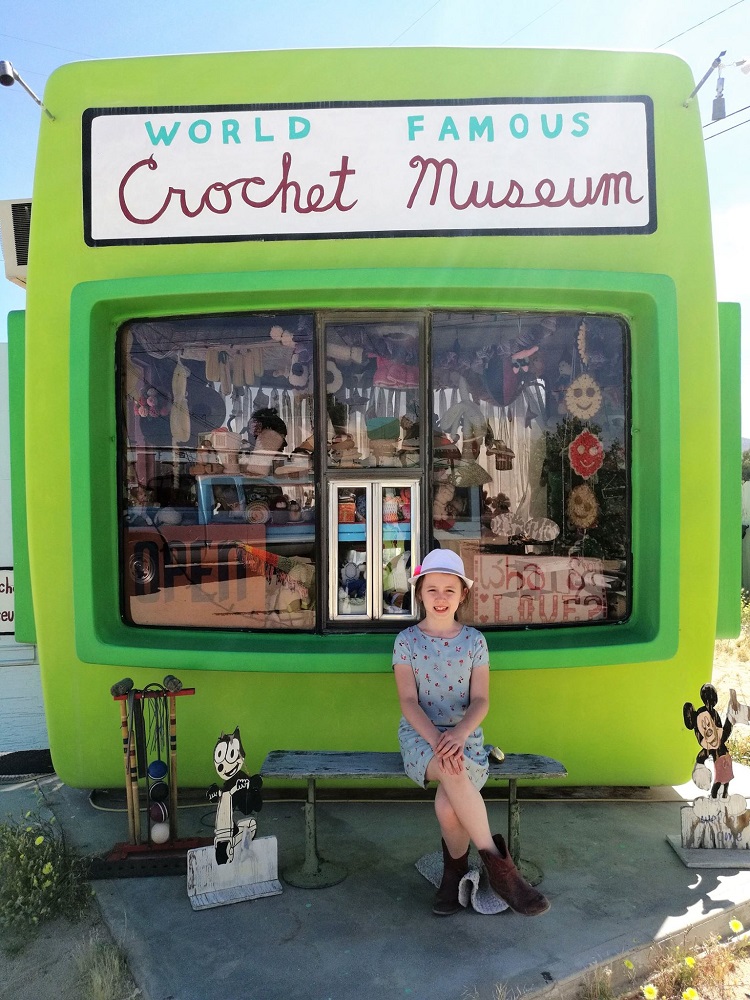
Sleep Under the Stars
Pitch a tent in one of the park’s nine campgrounds. Black Rock and Cottonwood campgrounds offer creature comforts, such as flush toilets, water, picnic tables, fire grates and a dump station. Make reservations during peak time in winter or stay during the quiet summer months (June through September) when campgrounds are available on a first-come, first-served basis. More lodging options are available in nearby communities.
Seeing Stars
Away from urban lights, Joshua Tree’s night sky is dazzling. See constellations, the Milky Way and millions of stars. If possible, time stargazing for a night when there is not a full moon. The darker the sky the better. Even non-campers can enjoy the night sky from roadside pullouts such as Echo T or Cap Rock in the Hidden Valley area, or from any pullout along the Pinto Basin road between Cholla Cactus Garden and Cottonwood.
Smith’s Ranch 29 Palms Drive-In Theater
Catch a new release at the cash-only drive-in theater. Concessions sell popcorn & hot dogs. It’s a deal at just $5 per person; kids three and under admitted free.
Worth the Drive: Yucca Valley
Just a short way down the road (about 30 minutes) from Joshua Tree National Park are two contrasting and fascinating attractions.
Visit the Old West in Pioneertown
See the western town founded by actors Roy Rogers and Gene Autry and other Hollywood investors in 1946. Pioneertown doubled as a western set and residential town. Over 50 films were made in the 1940s and ‘50s. Take a fun day trip to see mock gun flights, and chow down on barbeque ribs and burgers.
Rhythms of Life and Atlatl Contemporary Land Art
Influenced by ancient petroglyphs, Australian sculpturist Andrew Rogers travels around the world creating land art with stones and other natural items. Though best viewed from above, you can see the Rhythms of Life and Atlatl geoglyphs on the Black Mesa in Yucca Valley.

